# Effective Exercise Modifications for Beginners to Succeed
Written on
Introduction
Stepping into a gym for the first time can feel overwhelming. The sight of seasoned athletes lifting heavy weights might not create the most encouraging environment for newcomers. You might find yourself unsure of what to do, where to focus your gaze, or how to navigate the space. Not to mention the challenges that come with the initial sign-up process.
I can relate; I experienced these feelings myself. It wasn’t until I pursued my degree in Kinesiology that I began to take weight training seriously. Coming from an endurance sport background—like cross country and cycling—I felt lost among my peers who effortlessly performed complex lifts while I struggled, often injuring myself and feeling disheartened.
The Issue at Hand
The main problem was that I wasn't training at an appropriate level, letting my ego hinder my progress and overall wellness. Reflecting on nearly a decade of growth, these experiences have fueled my commitment to making exercise accessible for everyone. My core belief as a health professional is to "overcome barriers and promote pain-free living through movement," rooted in my own challenges and learning moments.
If you're new to the gym, remember to relieve yourself of the pressure to impress or perform like advanced athletes immediately. Instead of dwelling on your limitations, focus on your capabilities, which are likely greater than you realize.
To assist you in enhancing your current fitness level and moving closer to your goals, I’ll introduce five exercise modifications that can simplify advanced movements. Consider these modifications as stepping stones toward mastering more intricate exercises after establishing a strong base. Starting small and progressing gradually can help prevent injuries and burnout, common pitfalls for many beginners.
You have immense potential, but smart training is essential for realizing it.
Safety Considerations
Before we delve into the exercises, it’s crucial to note that some may pose risks for certain individuals. If you have any injuries or chronic conditions that could be affected by introducing new physical activities, please consult a healthcare professional before starting. If you're unsure about a specific exercise, start slowly and progressively increase intensity and volume. Always listen to your body—avoid pushing through pain. Maintain a pain level below a 3 out of 10 and feel free to skip exercises that don’t feel right.
While you might be eager to jump in, patience is key. This approach will foster sustainable progress while keeping you free from injuries. Remember, this journey is about the long-term! Now, let's explore the modifications.
1) Wall Slider (Overhead Press Alternative)
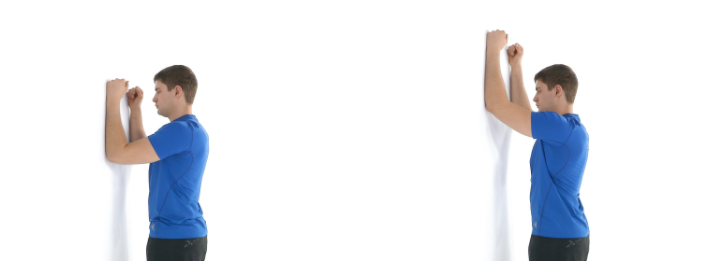
Cues: 2 sets of 10–15 repetitions
Application: Position both forearms against the wall, pressing into it while separating your shoulder blades. Gradually slide your forearms upward while keeping your shoulder blades apart. Reach the highest range of motion without losing wall contact, then return to the starting position. Repeat. For added challenge, try using a mini loop band or a foam roller for stability.
2) Chair Squat (Squat Alternative)

Cues: 2 sets of 10–15 repetitions
Application: With your heels on the ground, lower yourself into a chair before pushing back up. Emphasize hinging at the hips and ensure your heels remain aligned with your toes. For a greater challenge, lightly tap your butt on the chair while keeping the load through your legs, squeezing your glutes to rise.
3) Straight-Leg Deadlift (Deadlift Alternative)
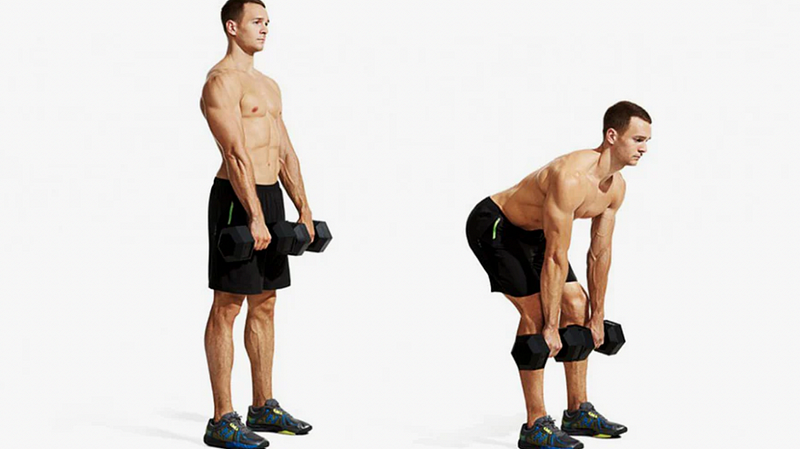
Cues: 2 sets of 10–15 repetitions
Application: Hold two light weights in front of you. On an exhale, hinge at your hips, lowering the weights until you feel a stretch in the back of your legs. Keep your legs mostly straight, allowing a slight bend if necessary. Hold for two seconds at the lowest point, then drive your hips forward, squeezing your glutes to return to the starting position. Maintain a lightly braced core and avoid exceeding your comfortable range of motion.
4) Side-Lying Leg Raise (Side Plank Alternative)
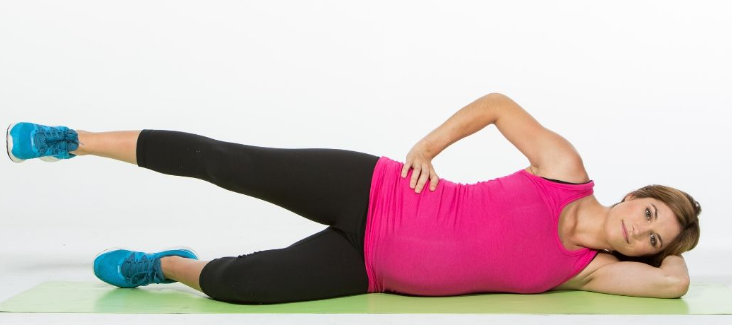
Cues: 10–15 repetitions per side
Application: Lie on your side with your legs stacked. On an exhale, lift the top leg while maintaining internal rotation with the heel leading. Keep your core engaged as you perform each rep, holding at the peak for 2–3 seconds. After completing your reps on one side, switch and repeat.
5) Dead Bug (Plank Alternative)
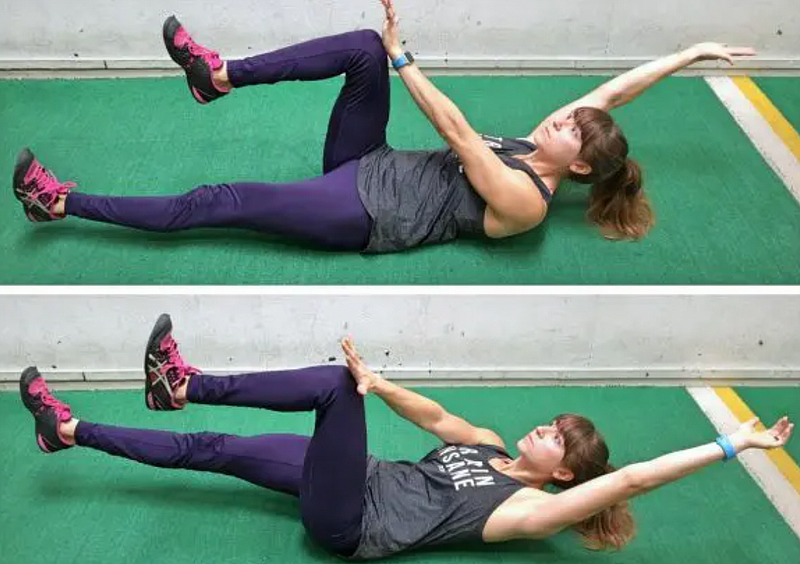
Cues: 12–15 repetitions per side
Application: Begin in a standard dead bug position. Reach one hand to press against the opposite knee while keeping both legs still. Engage your quads and hip flexors as you apply resistance. Hold this tension while extending the opposite arm and leg, maintaining control. Hold at the extended position for 2–3 seconds before returning to neutral. Repeat on the other side for the prescribed repetitions.
To further your fitness journey, explore my comprehensive library of workout routines and rehabilitation guides—there's something for everyone!
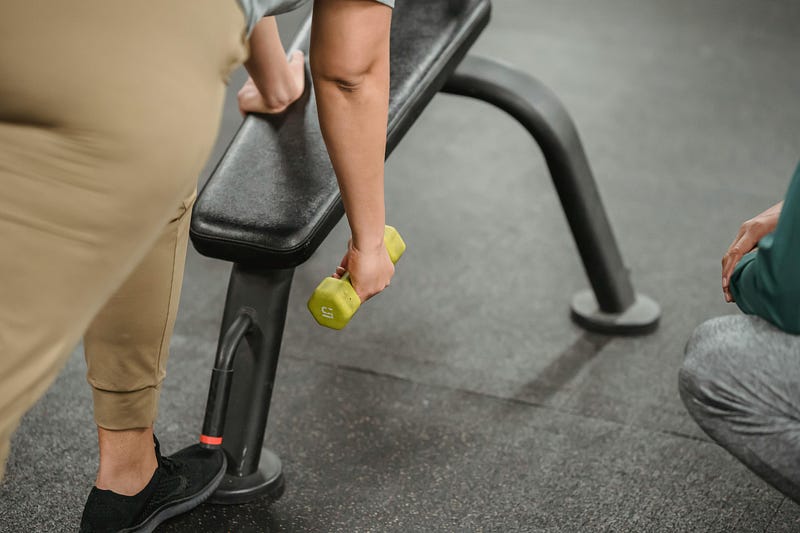
Conclusion
Regardless of your fitness level, you have a place in the gym. Whether you're new to weightlifting or have years of experience, there's a modification that can enhance your health. For those courageous beginners, this straightforward program addresses major fitness elements while allowing you to progress at a comfortable pace, and you can even do it at home!
Are you prepared to embark on your fitness journey the right way? You've got this!
The first video titled "Try these 5 exercise modifications!" provides insightful tips to help beginners adapt their workouts effectively.
The second video, "5 Common Exercises with Modifications," showcases practical adaptations for popular exercises, making them accessible for all fitness levels.